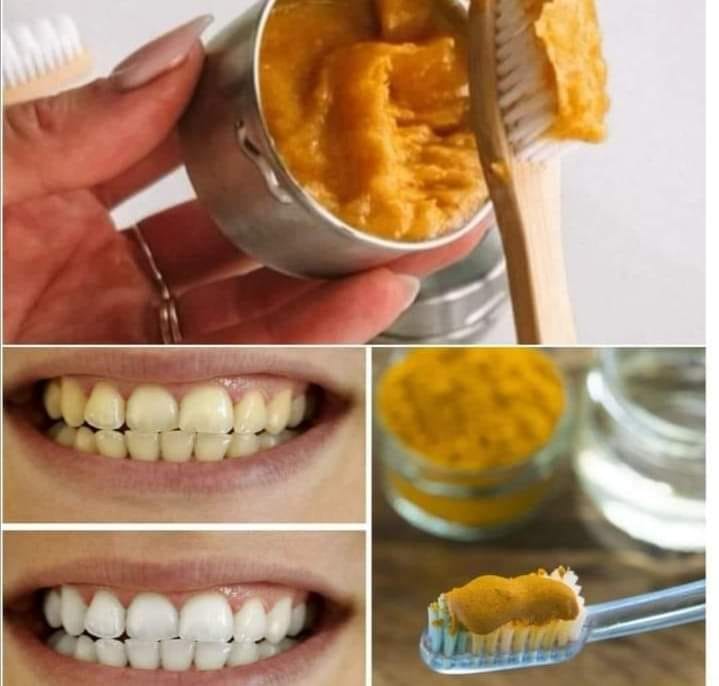Maintaining good dental health is crucial for overall well-being and a confident smile. Proper dental care goes beyond brushing and flossing—it’s about adopting a comprehensive approach to oral hygiene and preventative care. Here’s a detailed guide to help you understand and enhance your dental health.
1. Brushing
How to Brush:
- Frequency: Brush your teeth at least twice a day—once in the morning and once before bed.
- Technique: Use a fluoride toothpaste and a soft-bristled toothbrush. Hold the brush at a 45-degree angle to your gums and use gentle, circular motions to clean each tooth surface.
- Duration: Brush for at least two minutes to ensure you clean all surfaces effectively.
Tip: Replace your toothbrush every 3-4 months, or sooner if the bristles are frayed.
2. Flossing
Why Flossing Matters:
- Flossing removes plaque and food particles from between your teeth and under the gumline, areas that a toothbrush can’t reach.
How to Floss:
- Frequency: Floss at least once a day, preferably before brushing.
- Technique: Use about 18 inches of floss. Wrap it around your fingers, gently slide it between your teeth, and curve it around each tooth in a C-shape to clean the sides and under the gumline.
Tip: If traditional floss is difficult to use, consider floss picks or a water flosser.
3. Mouthwash
Benefits of Mouthwash:
- Mouthwash helps to reduce plaque, fight bacteria, and freshen breath. Some mouthwashes contain fluoride, which strengthens enamel.
How to Use:
- Frequency: Use mouthwash once or twice a day, after brushing and flossing.
- Technique: Follow the instructions on the product label, typically swishing for 30-60 seconds.
Tip: Choose an alcohol-free mouthwash if you have sensitive gums or dry mouth.
